Study the diagram and answer the questions that follow :
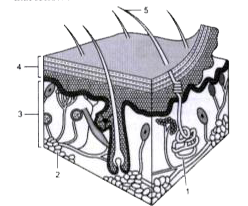
Define the term, Goose pimple.
Goose pimple is a state of skin caused by cold, fear or excitement in which small bumps appear on the surface as the hairs become rect. It is a reaction in which the muscles attached to the hair contracts, pulling tiny hair upright.
Topper's Solved these Questions
- STRUCTURE AND FUNCTION OF SKIN Book:ICSEChapter:STRUCTURE AND FUNCTION OF SKIN Exercise:TOPIC 2 (3 Marks Questions )
Explore 7 Videos
- SKIN-''THE JACKS OF ALL TRADES "Book:ICSEChapter:SKIN-''THE JACKS OF ALL TRADES "Exercise:PROGRESS CHECK
Explore 10 Videos
- THE FLOWERBook:ICSEChapter:THE FLOWERExercise:REVIEW QUESTIONS (E. STRUCTURED/APPLICATION QUESTIONS )
Explore 6 Videos
Similar Questions
The diagram given below is that of a developing human foetus. Study the diagram and then answer the questions that follow :
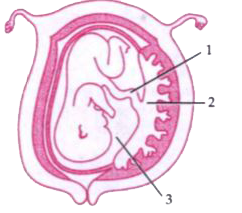
Define the term 'Gestation'. What is the normal gestational period of the developing human embryo ?
View SolutionStudy the diagram and answer the questions that follow :
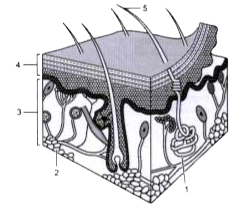
Label the parts 1-5
View SolutionStudy the diagram and answer the questions that follow :
Label the parts 1 - 4
View SolutionStudy the diagram and answer the questions that follow :
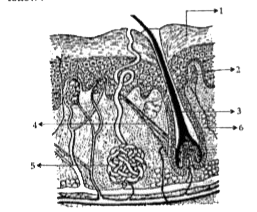
Label the parts 1 - 4.
View SolutionStudy the diagram and answer the questions that follow :

How does nail grow?
View SolutionStudy the diagram and answer the questions that follow :

Label the parts 1 - 4.
View SolutionStudy the diagram and answer the questions that follow:

Label the parts 1 - 4.
View SolutionThe diagram below represents an experiment to demonstrate a particular aspect of a physiological process in plants. Study the diagram and answer the questions that follows:
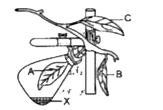
Explain the term Destarching.
View SolutionGiven below is the diagram of an experimental set-up to study the process of transpiration in plants. Study the same and then answer the questions that follow :
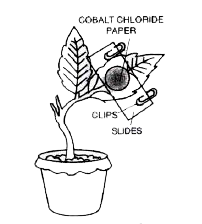
Define the term 'transpiration'.
View SolutionStudy the diagram and answer the questions that follow :
Write the dental formula of human.
View Solution